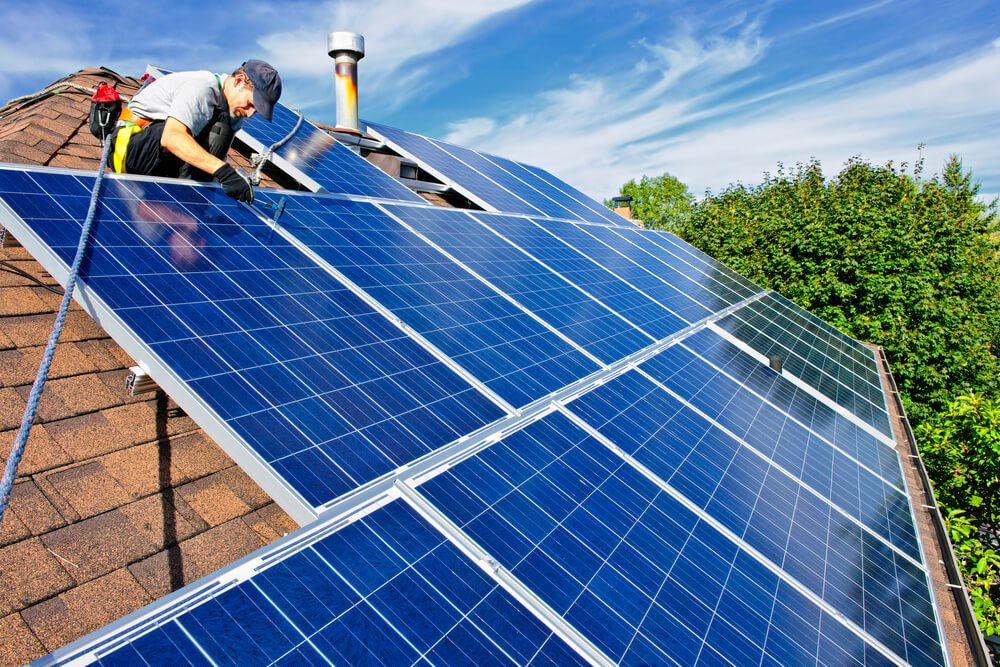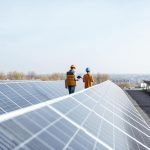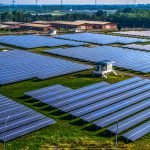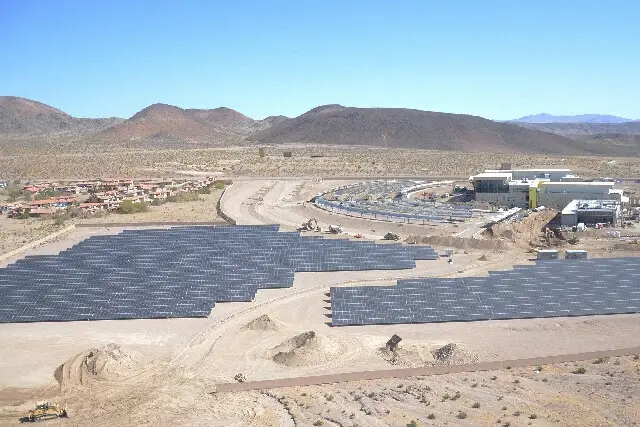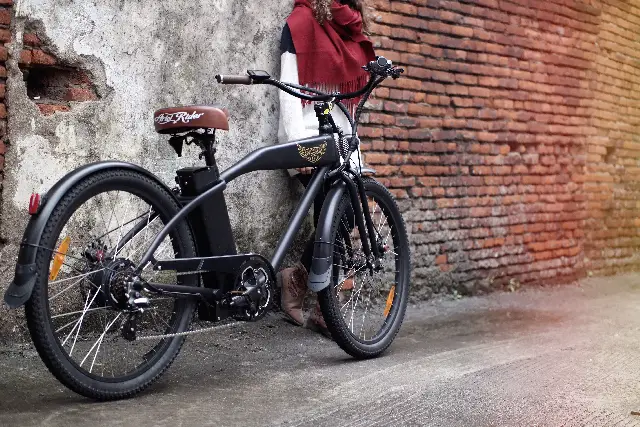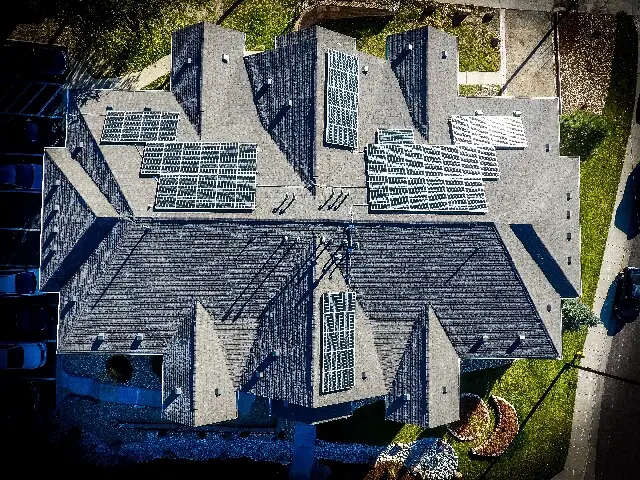Many objects in our lives run on energy, and each gadget that requires power might be referred to as a load.
To complete its work, a load consumes electrical energy.
A load is something like a lighting bulb. As you may recall from high school experiments.
A resistor is the most basic type of load, as it turns electric energy into heat energy.
The flow of electrons in a circuit is influenced by resistors.
In most circumstances, you can use a resistor to change the quantity of energy that gets to a section of a device if you change a voltage or divert a current, but in a few situations, such as with a space heater and a toaster, thermal energy is the desired output.
The amount of resistance they add to the circuit determines their rating. The resistance is measured in ohms.
The amount of power produced by a solar panel is affected by the load attached to it.
There is an optimal, or best, load level at which the panel will provide the maximum power.
What happens to solar panels with no load?
When the panels are unplugged from a load, no “electricity” is created.
Voltage and current are required for electricity to exist.
You have voltage (i.e. potential) but no current when the load is unplugged.
Because the charge carrier released by the input light energy has no where to go, the panel develops an equilibrium.
So what happens to the energy?
In the panel, it is converted to heat energy, which is then radiated or transmitted.
If you put 2 similar panels next to each other, connect the first one to a load, the other one do not connect it to a load, the disconnected panel will be hotter than the connected panel.
Similarly, if you examined the temperature of a loaded panel and then disconnected the load, the temperature of the panel would climb until it reached thermal equilibrium.
When a light bulb is loaded, a portion of the light-energy is transformed into an electric field, which can then flow through the load.
Because of the ongoing energy conservation process, the amount of heat energy produced by the panel will be reduced in proportion to the sum of electrical energy produced.
FAQ
Is It OK To Leave A Solar Panel Disconnected?
Solar panels can be disconnected without causing any damage to the system.
However, before unplugging the panels, bear the following in mind.
- During the day, do not unplug the solar panels. Just to be safe, wait until dusk. When the sun is shining, the panels will always have power, so wait until dusk to turn off the system.
- The higher the voltage and power, the larger the solar array. It’s no different than any other electrical component, so proceed with caution. Before attempting to disconnect it, check the voltage with a multimeter.
- Unplug solar panels according to the manufacturer’s instructions. The processes will vary based on the design. However, removing the wires is normally done with a screwdriver. The panel is detached once the cords have been removed.
Is it possible to detach or disconnect solar panels?
Yes, you may leave a solar panel unplugged or disconnected without creating any problems with the system. If solar batteries are not in use, they should maintain power and be prepared for the next use even if they are unplugged.
When you unhook the panels, however, you will observe a disparity in the system’s temperature and power.
When the batteries are full, what happens to solar power?
If excess energy isn’t shifted when solar-powered batteries are full, it will be wasted. A switch is frequently provided to either send surplus power to auxiliary sources or to guarantee that the battery is not damaged by the extra charge.
It’s worth noting that fully charging your batteries is rarely an issue because most people’s load requirements will exceed the array’s output.
However, if your batteries are tiny, your electrical demand is low, and your array outputs are large, you may be wasting electricity.
Can solar energy power the entire house?
Solar energy can, in fact, run your entire house.
The quantity of sunshine that touches the Earth’s surface in an hour and a half is adequate to accommodate the total world’s usage for a complete year, according to the United States Solar Technologies Office.
With the sun emitting an incredible sum of energy to the earth on a nearly hourly basis, it’s no surprise that solar energy can power a whole house.
Knowing how the batteries work and where the solar panels get their electricity is crucial.
Because these panels are supposed to help you save money on your electricity bill while also helping the environment, you’ll want to make sure you’re getting the most out of them by properly treating them and learning how they work.
